- Homepage
- News and Features
- How golf courses were 'absolutely vital' to the success of D-Day
How golf courses were 'absolutely vital' to the success of D-Day
By the onset of the Second World War, much of the golfing landscape was as it is today, with many of the UK's leading courses already well-established in the rankings of the time.
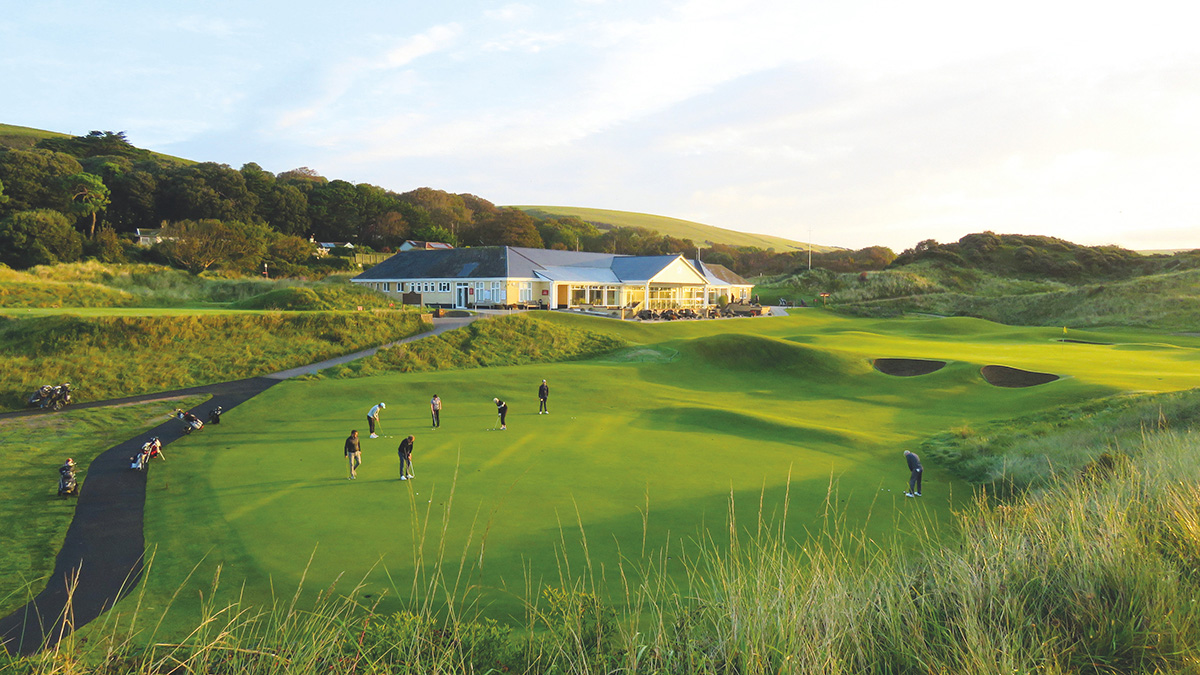
Comprising large, open pastures of land, it's unsurprising golf courses would play a key role in the defence of Britain and eventual Allied victory. Inland courses were often used to grow crops, graze livestock, house troops or act as aircraft landing strips. Others played an even more remarkable role in helping to prepare for key events during the conflict, such as the D-Day landings.
By 1939 greenkeeping was a well-established profession and the British Golf Greenkeepers Association (BGGA) and Scottish Golf Greenkeepers Association (SGGA) served the needs of the growing number of turf professionals.
BIGGA was formed following an amalgamation of the BGGA, SGGA and English & International Golf Greenkeepers Association in 1987 and we have scant records from the period, so we don't know how many greenkeepers took part in the Normandy landings of 6 June 1944. But with national conscription in place it's certain that many played their part in the war effort.
Harry Hilder of Worplesdon Golf Club was one we have learned a little about.
Harry joined Worplesdon in 1914 aged just 14. After four months he received his first payrise, a one shilling per week increase. Harry was called up in both wars but escaped active service in the First World War due to his age and his not completing training until hostilities ended.
But two decades later and in the Second World War he served on active duty for four years, partly in Iran before returning to Britain for D-Day.
Following the war Harry returned to greenkeeping and he spent 40 years as head greenkeeper at Worplesdon. We don't know anything about Harry other than the information above that formed an article in the British Golf Greenkeeper, the journal of the BGGA, but it's good to hear he was able to return to a peaceful life tending fairways after the war ended.
Do you know of any greenkeepers who served during the Second World War? Let us know by emailing [email protected]
With little golf being played during the Second World War, the BGGA implemented a War Time Policy and its activities largely ceased, although subscriptions continued throughout. You can read more about this in our History of Greenkeepers' Association on this website. Food parcels were sent via the Red Cross from contributions from the greenkeeper associations to any greenkeeper in the prisoner of war camps. One such recipient was John Campbell, who eventually became links superintendent at St Andrews.
The UK's golf courses, often no longer tended by young teams of greenkeepers who found their attentions elsewhere, would instead have a key role to play in the war effort, including directly contributing to preparations for the D-Day invasion.
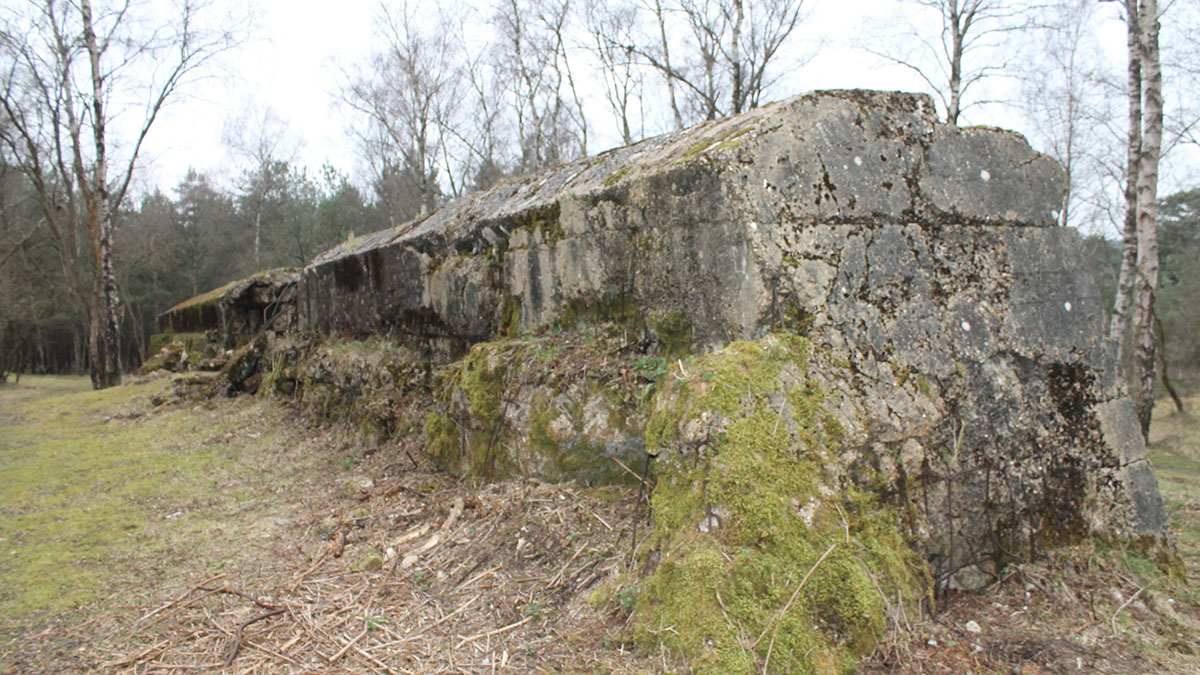
At Hankley Common Golf Club a replica Atlantic Wall was built by Canadian troops. Hitler's Atlantic Wall was a 1,670-mile long series of coastal defences between Arctic Norway and the French-Spanish border. An exact replica was built at Hankley Common and used as a major training aid to develop techniques of how to breach the immense structure with explosives - gaps remain today that showcase the success of these exercises.
Other relics of the period are also to be found on the dunes of Saunton Golf Club. The golf course was requisitioned by American forces to prepare for D-Day and at the furthest reaches can be found concrete structures that resemble boats - they are in fact mock landing craft that American soldiers used to prepare for the beach assault. A contemporary video of these in action can be watched on YouTube.
Historian Richard Bass told the BBC: "The Americans realised when they landed in the UK [that] the troops they were going to send to Normandy had no training in amphibious warfare whatsoever. The training was absolutely vital to teach them how to get on and off landing craft, how to storm enemy defences, how to take them on."
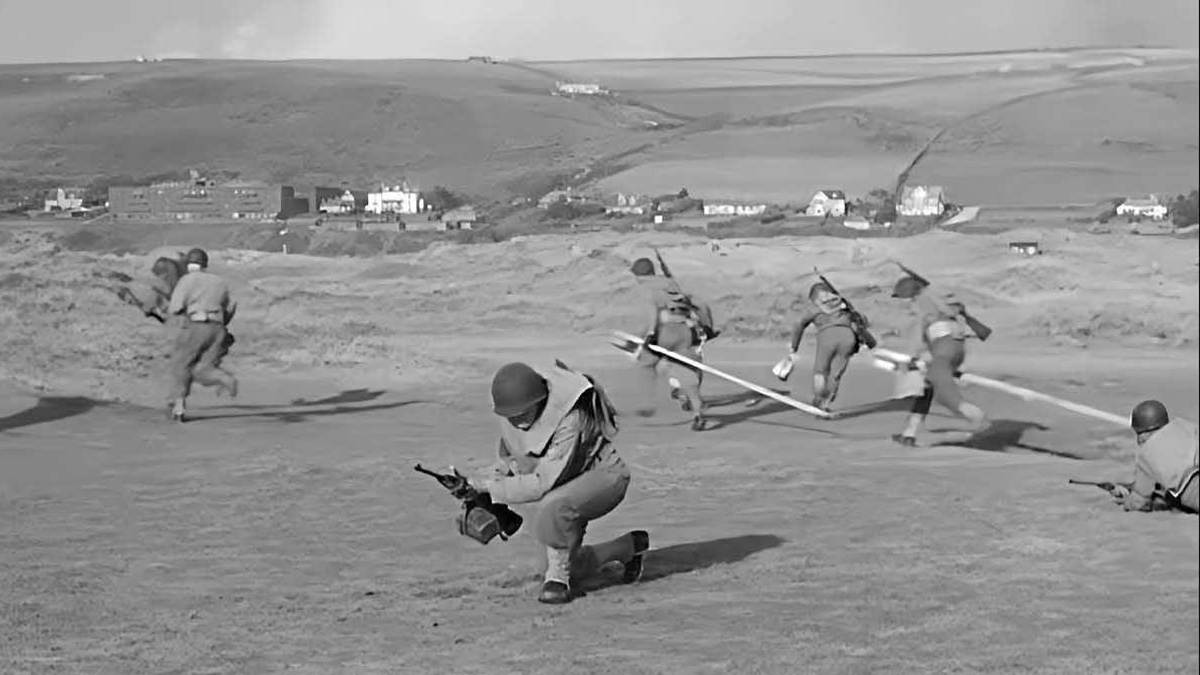
The Assault Training Centre's brief was to train the inexperienced soldiers under realistic conditions, including overcoming on- and off-shore obstacles, reduction of fortifications, repulsing of counter attacks and establishing of the beach head.
The 398th Engineer General Service arrived on 1 September 1943 and was given orders to build replica structures including a full-scale German 'hedgehog' that the troops would likely encounter. A hedgehog was a military tactic for defending against a mobile armoured attack. The defenders deployed in heavily fortified positions that attackers could penetrate between, but each position could continue fighting even when surrounded, enabling effective counter attack and preventing further advancement as it cut off supporting elements such as ammunition supplies.
Ten thousand troops were stationed on the golf course, with the officer's barracks located where today's practice putting green is and evidence of tank tracks remaining through the 8th fairway of the West Course. Elsewhere could be found a flame thrower range, pillboxes, 'dragon's teeth' anti-tank obstacles, mine and booby trap areas, anti-aircraft batteries and wire cutting practice areas.
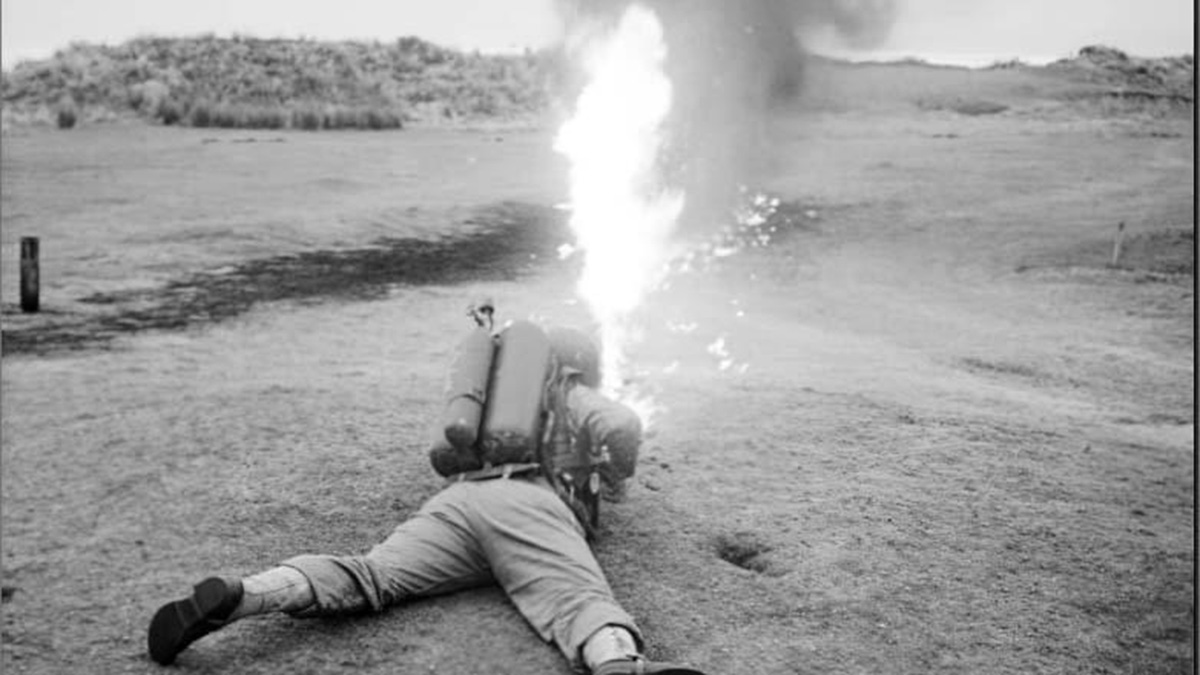
The commandant, Colonel Paul W Thompson, remarked: "If the battle of Waterloo was won on the playing fields of Eton, then the Assault Training Centre contributed in no small measure to the success of D-Day."
Metal detectorists have found dog tags and identity bracelets dropped by troops stationed there and today Saunton's website states: "As can be imagined, the course suffered immense damage during this period, but the green staff and some German prisoners of war had the East course up and running by January 1952."
On the south coast, the links at Hayling Golf Club had a similarly important role to play in the success of the Normandy landings. The lake used for irrigation was quarried for aggregate that would be used in the construction of concrete pillboxes and gun emplacements, with several of these surviving today. Mock structures were also built on the course to fool German bombers into believing they were over Portsmouth's valuable naval dockyards and drop their payloads early. This proved successful and the course suffered significant damage, with six Royal Artillery gunners killed one April night in 1941. The clubhouse windows were repeatedly shattered and craters are still visible today along the bombing lines between the 9th and 14th fairways. During dry weather the foundations of the decoy buildings are often revealed in the turf.
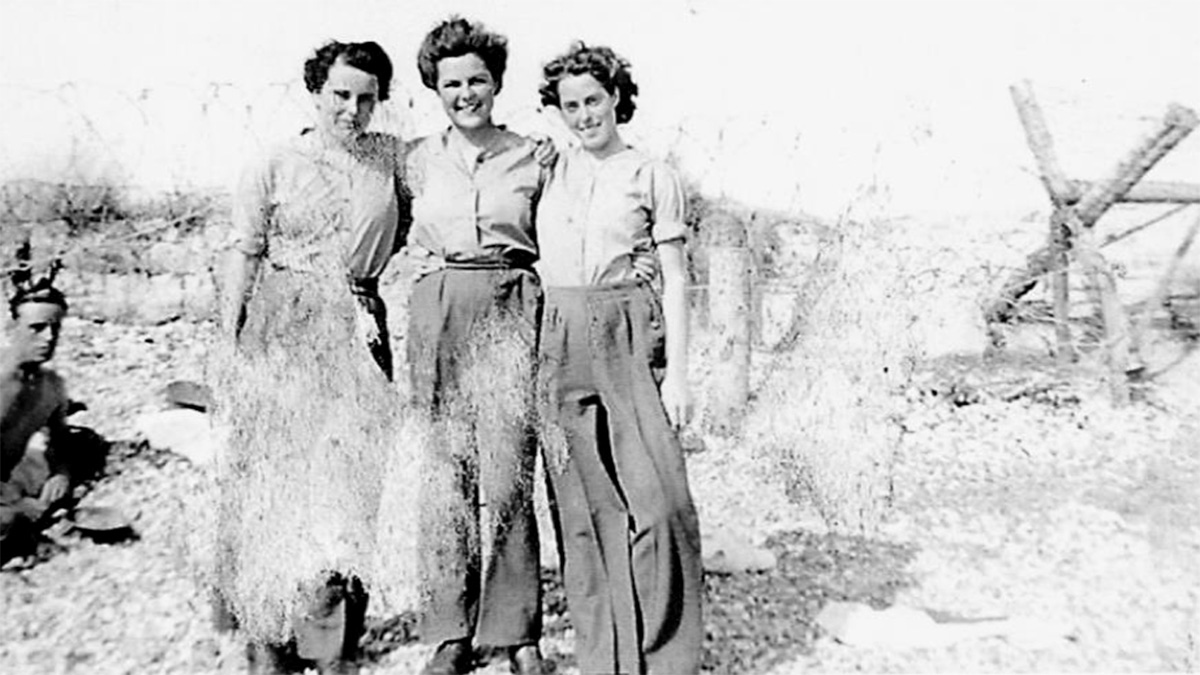
Ahead of D-Day, floating platforms called Mulberry Harbours were built on golf club land. When constructed these formed two portable harbours the size of the port of Dover and would be crucial as the expeditionary forces brought machinery and equipment ashore.
As in North Devon, Hayling's beaches were similar to those found in Normandy and full scale practice landings, known as Exercise Fabius II, also took place along the shoreline.
Despite all this action, the members at Hayling were fortunate and even though German proganda leaflets would occasionally fall from the sky, 10 holes incredibly remained open for play throughout the war. The club was kept running by stewardess Alice Derben, her husband Jack and the secretary, A P Patey, who in October 1940 wrote to Colonel Dewhurst of the O P Troops asking that 'mobile guns, howitzers etc' be kept off the fairways due to the ruts they left and the cost of fixing them!
During the Second World War, Britain's golf courses became valuable assets as the Allied forces fought back against Nazi facism across continental Europe. As we join with others in marking the 80th anniversary of the D-Day landings, we give thanks for those who gave up so much, so we could enjoy golf and build careers on those very same courses.
Author

Karl Hansell
Karl has been head of communications for BIGGA since March 2016. His duties include editing the monthly Greenkeeper International magazine, in addition to other communications activities for the association.
